Get The Best Harvest Ever With These 15 Smart Ways To Lay Out Your Vegetable Garden
Getting your veggie garden layout right can make all the difference when it’s time to harvest! I’ve made plenty of mistakes over the years—planting too close, forgetting paths, and watching chaos take over.
But after testing different setups, I’ve found a few things that actually work. These tips are simple, smart, and can save you time and space. If you’re aiming for a more productive garden, this is a great place to start!
1. Companion Planting

Why settle for a lonely tomato plant when it can have a basil buddy? Companion planting is nature’s matchmaking service, pairing plants that complement each other in growth and flavor.
Nestle marigolds between your veggies to deter pests while encouraging friendly insects.
This method not only maximizes your space but also boosts plant health and yield. It’s like a garden party where everyone brings something to the table.
From carrots and onions to beans and corn, find your perfect plant pairings and watch your garden thrive in harmonious unity.
2. Vertical Gardening
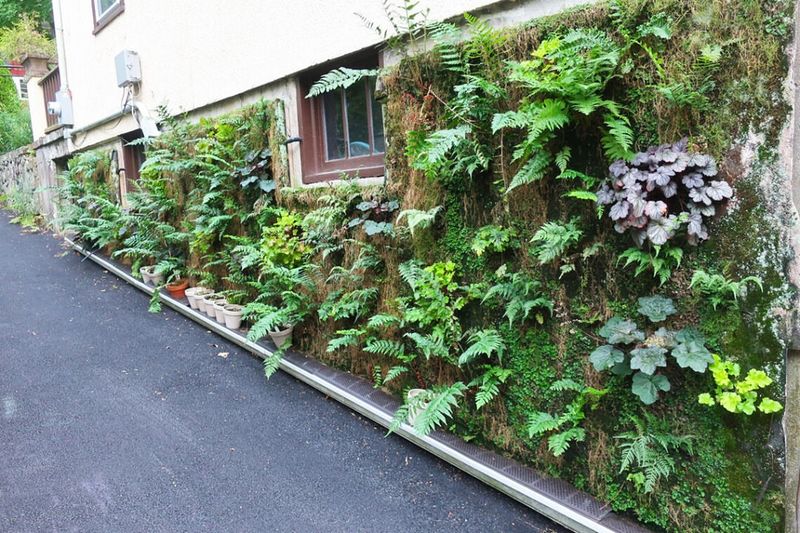
Dreaming of a garden that reaches new heights? Vertical gardening might just be your answer. By growing upwards instead of outwards, you save space and create a lush, green wall of produce.
Hang planters or use trellises to let your beans and cucumbers climb towards the sun. It’s perfect for small spaces or adding an artistic touch to your garden. Plus, it keeps your veggies off the ground, reducing the risk of pests and diseases.
3. Square Foot Gardening
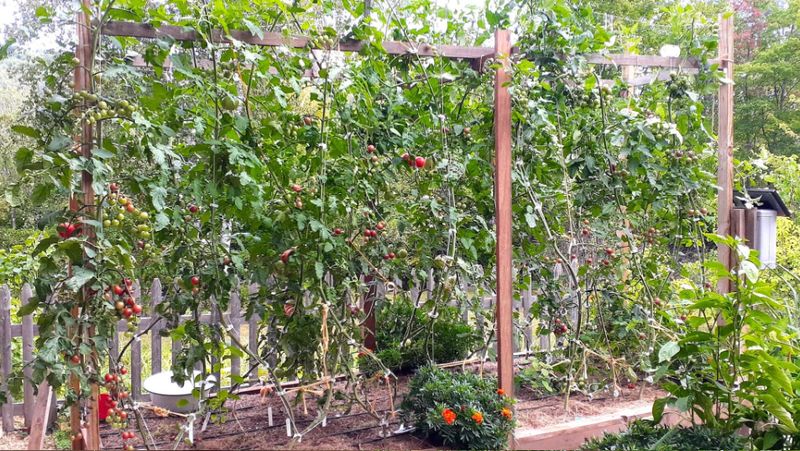
Let’s get mathematical with Square Foot Gardening, a method that divides your garden into manageable, one-foot sections. This organized approach helps maximize your small space and reduces water usage.
Imagine each square foot as a mini garden with its own little ecosystem. You can mix and match plants, ensuring you always have a colorful variety growing. Perfect for beginners and seasoned gardeners alike, this method simplifies planting while encouraging creativity.
4. Raised Bed Gardening

Turn your gardening game up a notch with raised bed gardening. Elevating your plants can help improve drainage and make it easier on your back. Constructed with wood, stone, or recycled materials, these beds provide a cozy home for your veggies.
Not only do they look attractive, but they also extend your growing season by warming up earlier in the spring. Raised beds keep weeds at bay and make pest control more manageable.
Ready to elevate your crops? Give raised bed gardening a try and watch your plants flourish in their lofty new digs.
5. Succession Planting
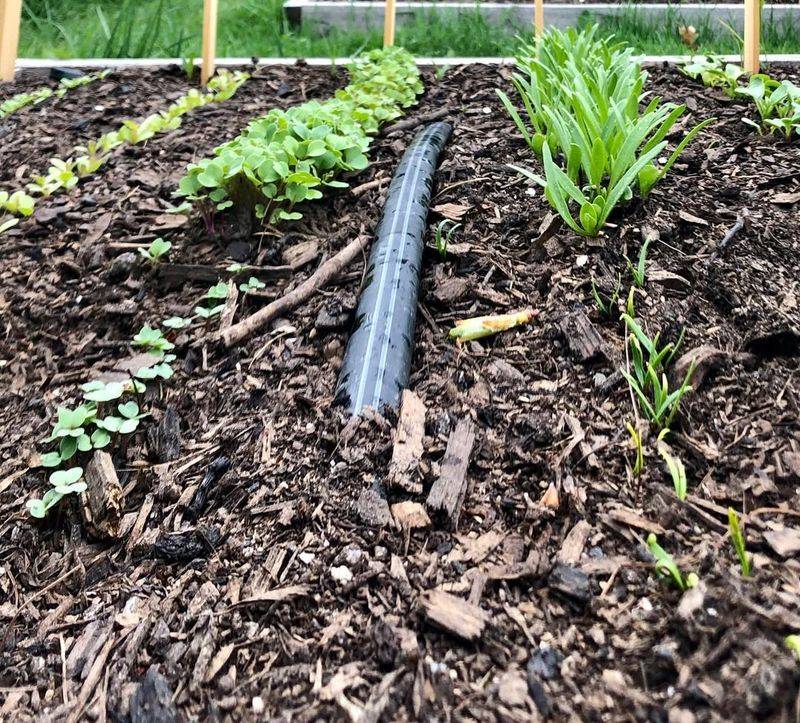
Why harvest once when you can enjoy multiple rounds of fresh produce? Succession planting staggers your planting schedule so you always have something growing.
Plant new seeds as others are harvested, keeping your garden perpetually productive. This method is perfect for maximizing space and ensuring a continuous supply of fresh veggies.
6. Compartmentalized Design

Imagine your garden as a quilt, with different patches dedicated to specific plants. The compartmentalized design creates order and adds aesthetic appeal while making maintenance easier.
This method helps in managing plant health, as you can tailor care to each section’s needs. It’s perfect for those who love structure and enjoy experimenting with various plant combinations.
7. Intercropping
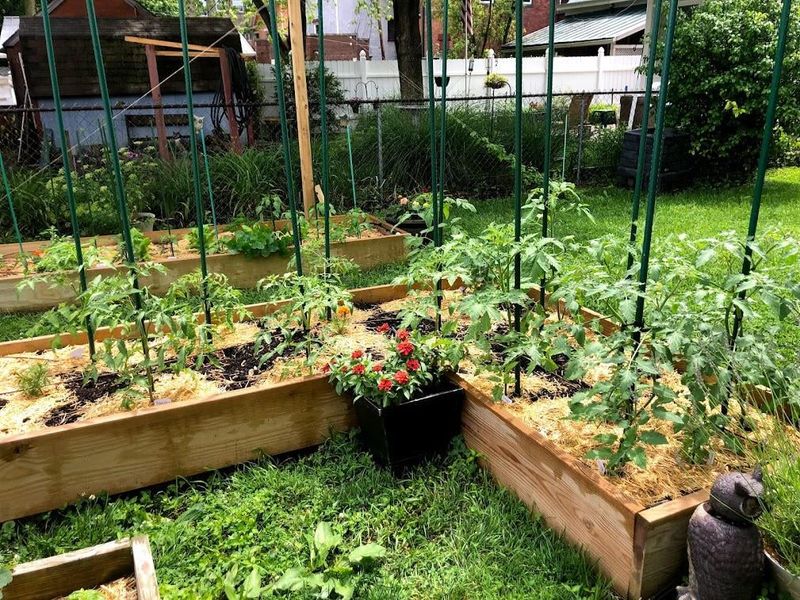
Fancy a bit of layered flavor in your garden? Intercropping involves growing two or more crops in close proximity, creating a tapestry of textures and tastes.
This technique saves space and enhances biodiversity, leading to healthier plants and improved yields. Imagine lettuce tucked beneath towering corn stalks or radishes nestled between carrot rows. Mixing it up keeps pests confused and your garden flourishing.
8. Container Gardening

Short on space but big on ambition? Container gardening lets you grow plants in pots, barrels, or any container you have on hand. Perfect for balconies, patios, or adding flair to your garden.
This method allows flexibility and mobility, so you can rearrange your garden as needed. Each container becomes its own micro-environment, perfect for herbs, veggies, or flowers!
9. Lasagna Gardening
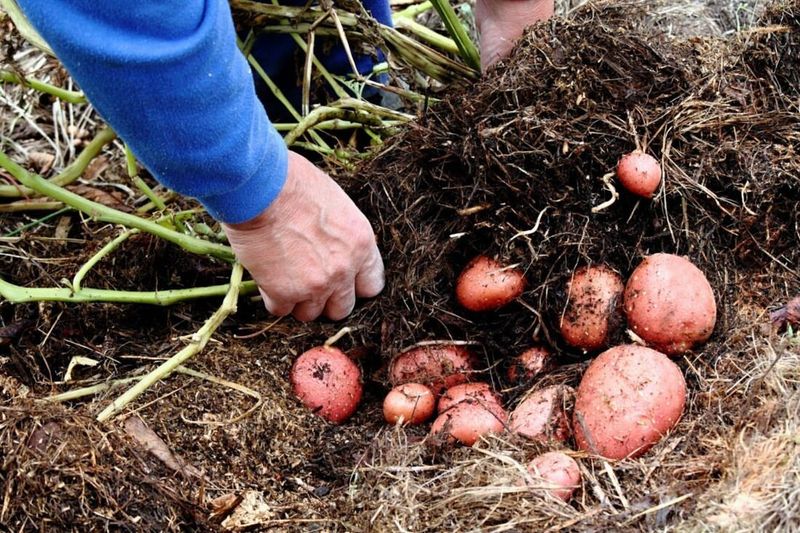
Ever thought about gardening like you’re making lasagna? Lasagna gardening layers organic materials to create a rich, nutrient-filled bed without digging.
Pile up straw, leaves, grass clippings, and compost, then let nature do the rest. This no-till method saves time, reduces weeds, and improves soil fertility.
10. Herb Spirals

Spice up your garden with an herb spiral, a delightful design that maximizes space and adds a touch of whimsy. This vertical garden provides different microclimates for various herbs.
The spiral shape allows water to flow naturally, catering to plants’ individual needs. It’s a creative solution for small spaces, offering accessibility and beauty. Craft a spiral that’s not only practical but also a conversation starter.
11. Mulched Pathways
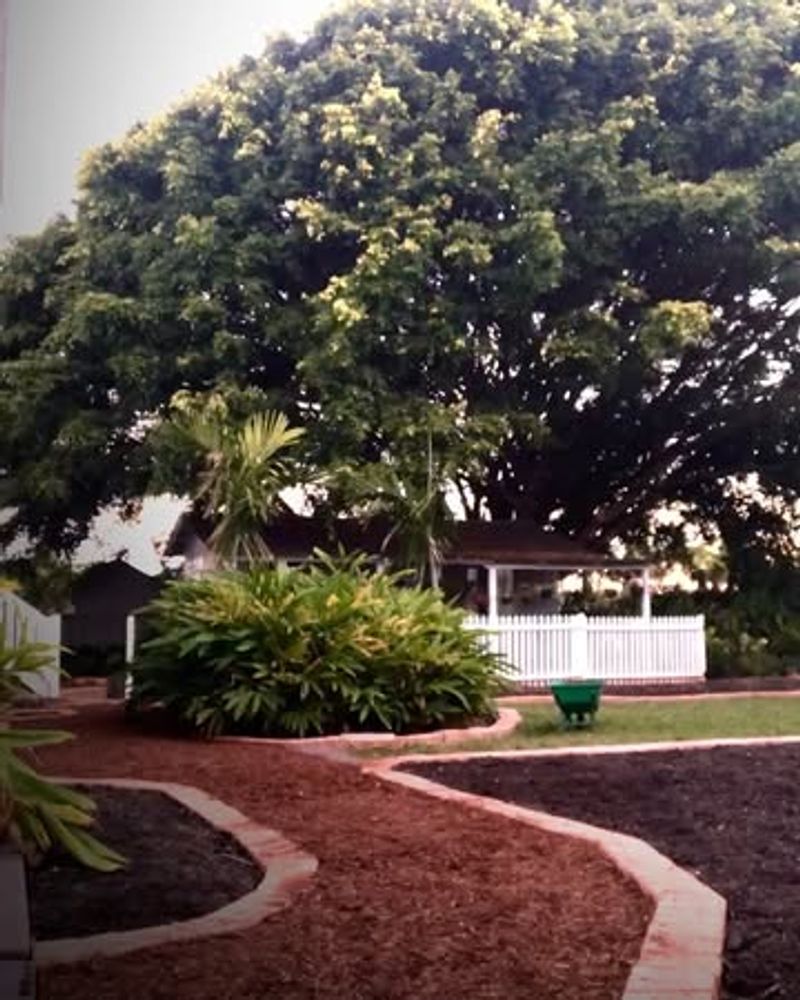
Transform your garden into a scenic escape with mulched pathways. These paths not only look attractive but also prevent weeds and retain soil moisture.
By using materials like wood chips, straw, or bark, you create a soft surface that’s easy on the feet and beneficial for the plants. It adds a tidy, professional look to your garden while improving the overall environment.
Choose mulch that complements your garden style, and wander through a landscape that’s both practical and picturesque.
12. Polyculture Planting
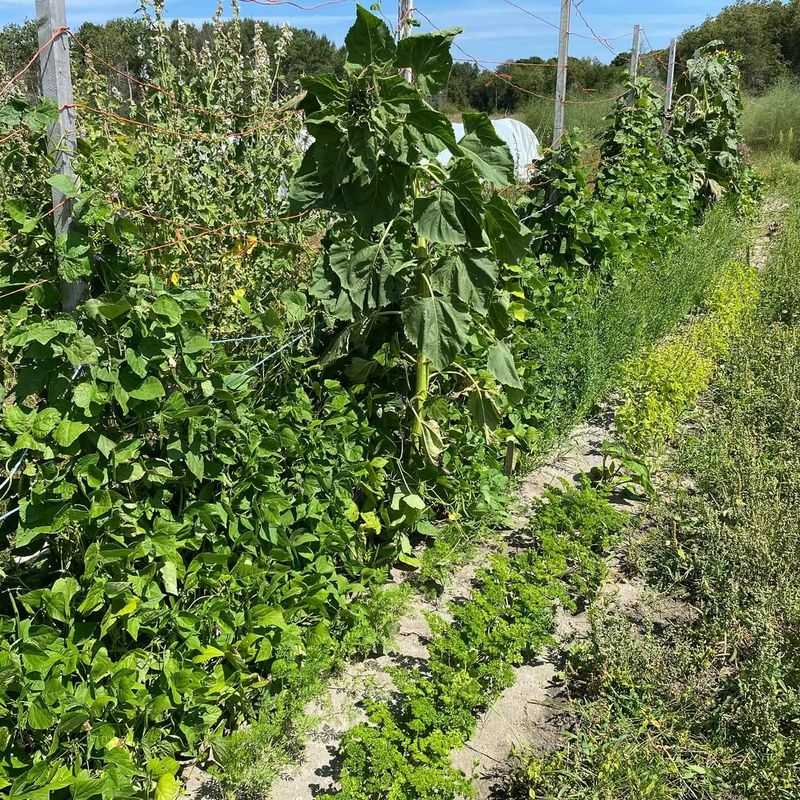
Why settle for monoculture when you can have a lively polyculture paradise? This method mixes a variety of plants to mimic natural ecosystems, enhancing biodiversity and resilience.
By growing vegetables, fruits, and flowers together, you create a thriving environment that’s less susceptible to pests and diseases. It’s a fun and rewarding way to experiment with different plant combinations.
13. Edible Landscaping

Turn your garden into a masterpiece with edible landscaping, where beauty meets function. This method integrates edible plants into your garden design, making it both attractive and productive.
Imagine borders of kale, ornamental peppers, and lavender creating a stunning display. It’s perfect for those who enjoy aesthetics as much as taste.
14. Cottage Garden Style
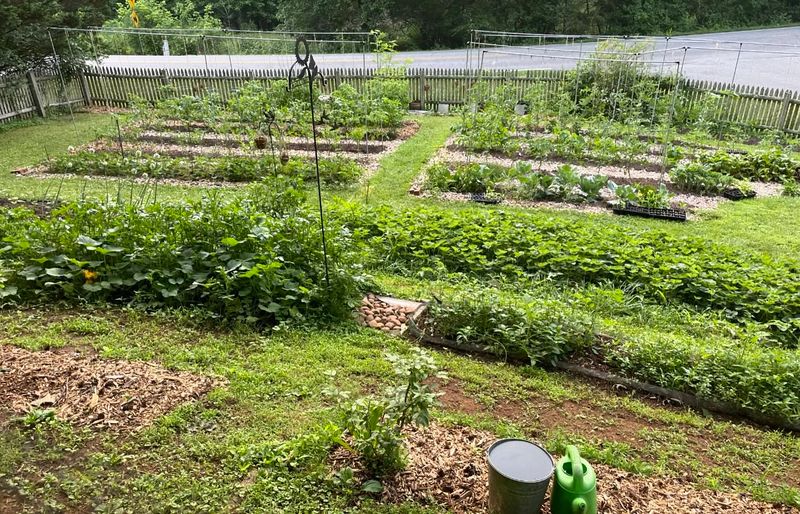
Embrace the enchanting chaos of a cottage garden, where vegetables and flowers grow together in a whimsical, unstructured style. This method creates a romantic and inviting atmosphere.
Mix vibrant blooms with leafy greens for a delightful contrast that attracts beneficial insects. It’s a playful way to combine productivity with beauty.
Enjoy a garden that feels like a fairytale come to life, where every corner is bursting with color and character.
15. Permaculture Design
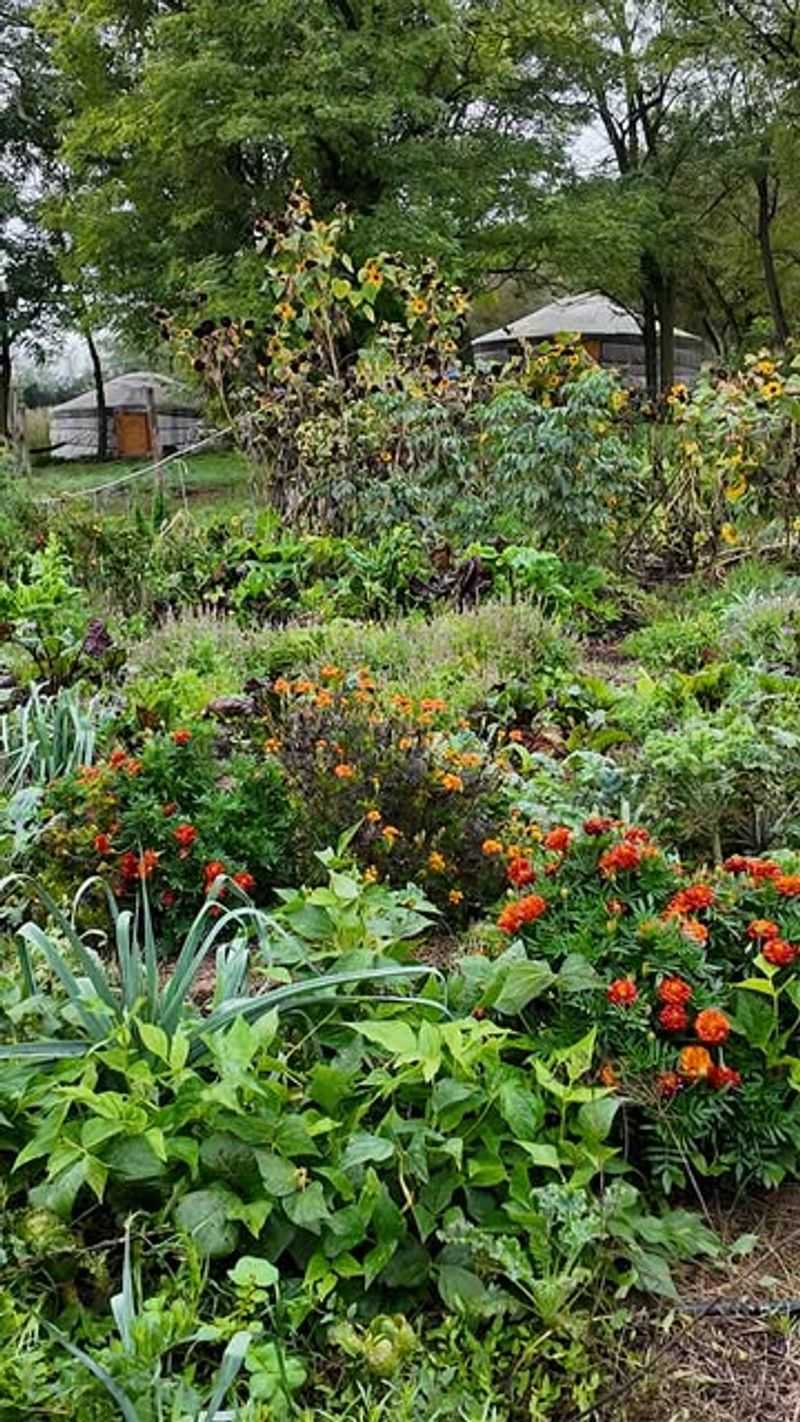
Dive into the world of permaculture, where sustainability meets innovation. This design approach creates self-sustaining ecosystems by mimicking nature’s patterns.
Incorporate diverse plantings, water features, and wildlife habitats to enhance ecological balance. It’s perfect for those who want a garden that’s not only productive but also environmentally friendly.

